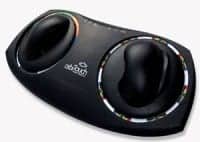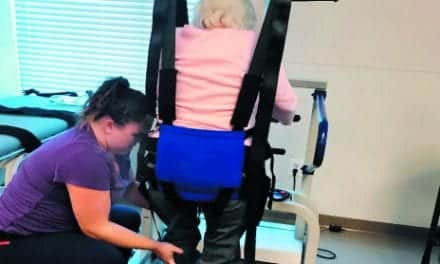Patients who experienced an ischemic stroke recovered better when the blood clot was retrieved and removed mechanically, compared with medical management alone, when initiated up to 24 hours of the stroke.
The DAWN stroke trial was sponsored by Stryker, manufacturer of the Trevo Retriver, which is engineered to retrieve and remove the blood clot.
The results suggest that patients treated with the retrieval system, known as mechanical thrombectomy, had significantly decreased post-stroke disability and improved functional independence at 90 days compared to those treated with medical management alone.
“This is incredible,” says Cathy Sila, MD, director of UH’s Comprehensive Stroke Center, and principal investigator of the study at the University Hospitals Cleveland Medical Center, one of the top seven recruiting sites in the multi-site study, in a media release.
Among the 206 patients enrolled in the study, “almost half (48.6%) receiving the thrombectomy therapy had a good outcome at 90 days after treatment—defined as the patients being independent in activities of daily living—as opposed to only 13.1% of the patients treated medically with clot-busting drugs alone. This 35% difference may be higher than any level of benefit from any stroke trial,” she adds.
In addition, she says, “Not only did the patients treated with the device and the procedure have dramatic improvement during hospitalization, sometimes being able to walk and be discharged to home, there was also a much lower risk of them having subsequent neurological worsening because of the poor blood flow to the brain.”
In the study, researchers used neuroimaging to determine which patients would likely benefit from the procedure. According to Dr Sila, they would examine how much brain tissue had suffered irreversible damage and how much might be able to be saved. If the amount of damaged tissue were no bigger than the size of a small apricot, researchers believed the patient could benefit from the therapy.
Neuro-interventionists then used the Trevo Retriever to remove the blood clot, followed by treatment with the clot-busting medication, the release explains.
“For patients presenting with stroke symptoms beyond six hours, the benefit of clot retrieval using a stent retriever was unknown,” states Anthony Furlan, MD, chairman of the Department of Neurology at UH and Case Western Reserve University School of Medicine.
“Now we have evidence that for patients who present to the hospital outside of the six hour time window could have a better chance for an independent life with improved clinical outcomes. Although this is great news, earlier treatment is always better because with stroke ‘time is brain,’ ” adds Furian, who was on the DAWN study’s steering committee and helped write the study protocol, in the release.
The results from the DAWN trial were presented recently at the European Stroke Organization Conference.
[Source(s): University Hospitals Cleveland Medical Center, Science Daily, PRWeb]






If anyone has seen the results, can you verify if the 13.1% of pts indep with ADLs, treated with Rx alone, also had stroke areas the size of a small apricot? Or were the outcomes were compared to everyone else that did not undergo the intervention regardless of damage size (dissimilar groups)?